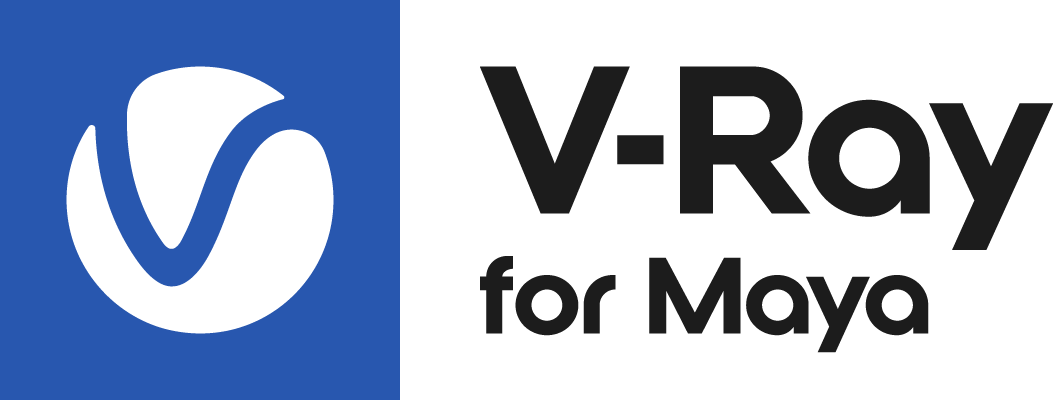Page History
This page provides information on the V-Ray Multi Sub-Object Map.
Overview
...
| Section | |||||||||||||||||||||
|---|---|---|---|---|---|---|---|---|---|---|---|---|---|---|---|---|---|---|---|---|---|
|
...
Parameters
...
| Section | ||||||||||||||||
|---|---|---|---|---|---|---|---|---|---|---|---|---|---|---|---|---|
|
How to Set up
...
| Section | |||||||||||||||||
|---|---|---|---|---|---|---|---|---|---|---|---|---|---|---|---|---|---|
|
...
| Anchor | ||||
|---|---|---|---|---|
|
...
| Section | ||||||||||||||||||||||||||||||||||||||||||||
|---|---|---|---|---|---|---|---|---|---|---|---|---|---|---|---|---|---|---|---|---|---|---|---|---|---|---|---|---|---|---|---|---|---|---|---|---|---|---|---|---|---|---|---|---|
| ||||||||||||||||||||||||||||||||||||||||||||
|
...
...
Example: Loop Through Textures
...
The following example shows how the Loop Through Textures option affects the distribution of texture applied to five geometries with different IDs.
...
When the Loop Through Textures option is disabled, the geometries with valid IDs get a texture of equal ID number. The texture whose ID is 6 gets a default color.
| Section | ||||||||||
|---|---|---|---|---|---|---|---|---|---|---|
|
When the Loop Through Textures option is enabled, the geometry with ID = 6 is looped and gets the texture with ID = 2.
| Section | ||||||||||
|---|---|---|---|---|---|---|---|---|---|---|
|
If we uncheck one of the textures, for example texture with ID = 2, V-Ray detects that there is no valid texture for the geometries with IDs = 2 and 6, and it assigns them a default color.
| Section | ||||||||||
|---|---|---|---|---|---|---|---|---|---|---|
|
...
















